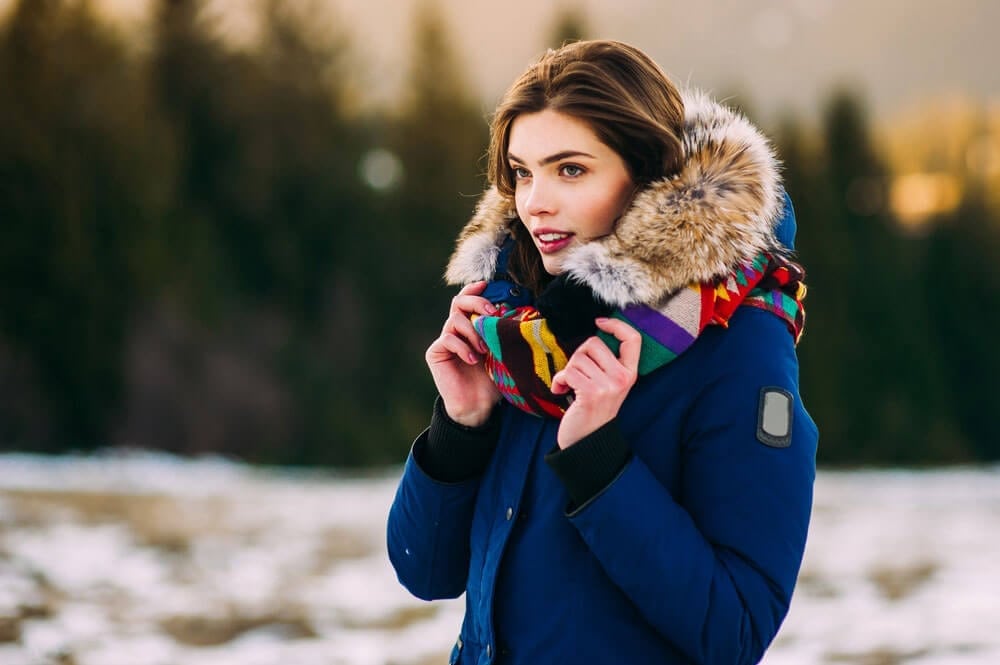Have you washed your so much recently with soaps, gels and sanitisers they are beginning to feel dry and rough and you’re noticing the first signs of painful cracks appearing?
With the current situation, we are recommended to wash and sanitise our hands more than ever as health professionals advise that washing hands is one of the best ways to stop the virus spreading. Washing our hands with soap and water regularly and using hand sanitisers gives us fantastically clean germ free hands but we are all finding out it comes at a cost.
Dry ,cracked and bleeding hands are not only painful but more sensitive to viruses. So what can we do right now to maintain soft smooth hands while at the same time staying safe?.
Why frequent hand washing cause dryness?
While soap and water wash away dirt and germs, it also strips the natural protective layer on your skin. Removing the oily layer from your skin causes dryness and sensitivity.

How to wash your hands without irritating your skin?
We are advised to use an antibacterial soap to prevent the virus spread and wash for twenty seconds or sing happy birthday to ourselves twice. However, we all know, soap is not always the our skins best friend. It is sometimes a love hate relationship.
To minimise the drying effects of soap, make sure to choose a gentle soap which cleanses with natural ingredients rather than harsh chemicals such as parabens, alcohol, chlorine or even fragrances.
After washing your hands
Once you wash your hands with a carefully chosen soap, dermatologists recommend gently patting your hands dry, instead of rubbing harshly. Also using a hard fabric towel can further irritate your skin. So make sure to use a soft cotton towel to dry your hands. This way you can minimise the negative side effects of frequent hand washing.
Always moisturise your hands
When skin loses its moist texture, it cannot act as a protective shield. Moisturisers hold the water in the outer layer of skin and make your hands softer as well as helping to prevent or treat dry skin on your hands.
It is important to choose the right moisturiser for your skin.
While many people prefer to use water-based lotions such as Hydra-gels it may not be the best choice for everyone.
Water-based creams such as Avena moisturisers, on the other hand, can have a longer-lasting effect on your skin.
And for people with extremely dry skin, it is advised to use oil-based creams. Oil-based creams hold water inside your skin longer, leaving you with more lasting relief. And using essential oils are really good to replace the natural oils that have been washed off of your hands.
While washing your hands more frequently than ever, it is important that you add moisturising as an important part of your daily routine.
Make a hand mask
Using moisturising creams are highly effective but they may not be enough in some cases. If your hands are still very dry after you regularly apply moisturising creams and care, you may want to try hand masks.
There are many highly effective hand masks you can find behind the counter. However, if you are self-isolating, or you wish to keep your social distancing, you can create your own mask at home.
Simply mix;
- 1 egg yolk
- 1/2 Lemon juice
- 2tbs Olive oil
Beat it until your get smooth cream-like texture.
Apply it to clean, dry hands in a thick layer and let stand for at least 15 minutes.
The longer you keep it, the better results you will get.
Overnight miracle
You can even care your hands in your sleep. All you need to do is before going to bed, generously apply hand cream and cuticle oil, and wear a pair of cotton gloves. You can also do this with Vaseline. But make sure to prefer non-scented ones. This way your hands will retain the moisture all night and you will wake up with incredibly soft hands.
Applying this 1-2 times a week will help you perfectly to look after your hands while preventing Coronavirus.
Hydrate your body
We all know that in order to maintain a healthy life, we need to drink enough water. As well as it is crucial for your inside organs, it is also very important for your biggest organ… your skin. Make sure to consume enough water throughout the day to give your skin the boost it needs.
To determine how much water you should drink a day, you can simply calculate the following.
Water (in litres) to drink a day= Your Weight (in Kg) multiplied by 0.033.
For example, if you are 60 kg, you should drink 2 litres of water every day. If you are 90 kg, you should increase your daily water intake to 3 litres.
Humidifiers
Keeping your skin moist and taking the best care of it is one thing. But what about your surroundings?
Keeping the air you are surrounded by moist, will help you to maintain healthy skin. Humidifiers can help you prevent your skin from getting dry and cracked. However, if you don’t own a humidifier, which most of us don’t, you can improvise. Simply place a wet towel on your warm radiator and it will help to humidify the air.
Protect your hands all times
Protection is as important as treatment.
While washing your hands more than ever now, avoid using anything abrasive.
Exfoliation is often recommended for healthy skincare. Although, during this time, while your hands are suffering from extreme dryness, it is not the best time to practice it. Avoid any type of buffing or exfoliating for your hands.
Make sure to eliminate any unnecessary exposure of hard chemicals. While doing cleaning or other types of chores requiring the use of chemicals, don’t forget to wear protective gloves. It might feel strange or you may not be used to it, but it will definitely worth using them.
If you are gardening or doing yard work, you should use heavy gardening gloves.
And you can prefer thin medical gloves while cooking with acidic ingredients such as tomatoes or onions.
In cold weather, make sure to wear your winter gloves when you go outside. They will protect your hands from drying or chapping in the wintery air. If you can’t use your winter gloves, you should either try to keep your hands in your pockets while you are outside. Or make sure to apply nappy cream on your hands. This will create a thick layer on your hands and decrease the wind’s drying effect.
While the sun starts shining outside, if you need to leave home, make sure you also apply SPF on your hands. This will protect your skin from the sun’s rays and eliminate further pain.
If you have any questions about skin health, our experts are happy to talk to you anytime
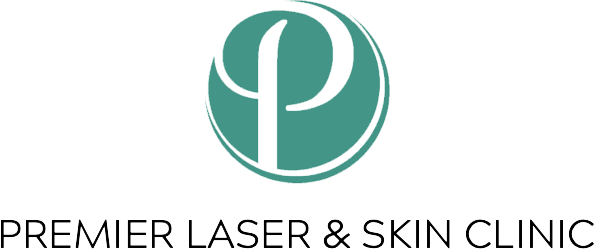






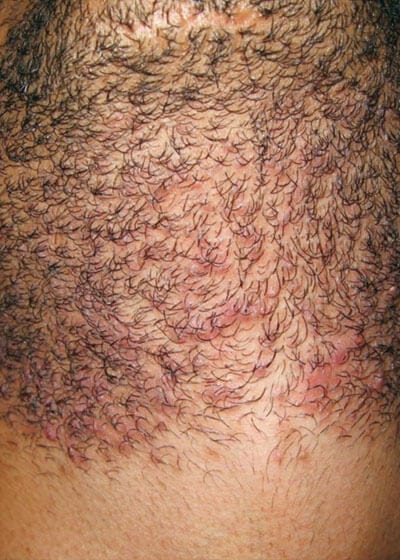
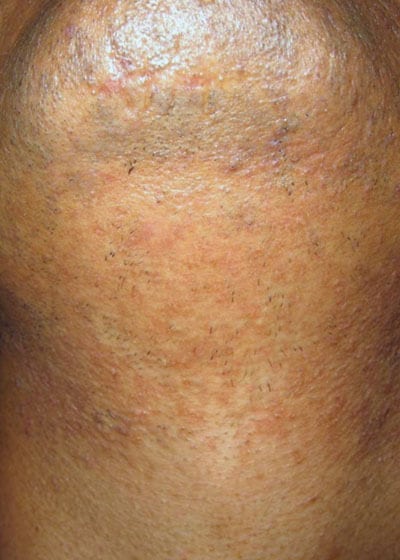 Treatments or ingrown hair removal
Treatments or ingrown hair removal Tweezers and
Tweezers and 


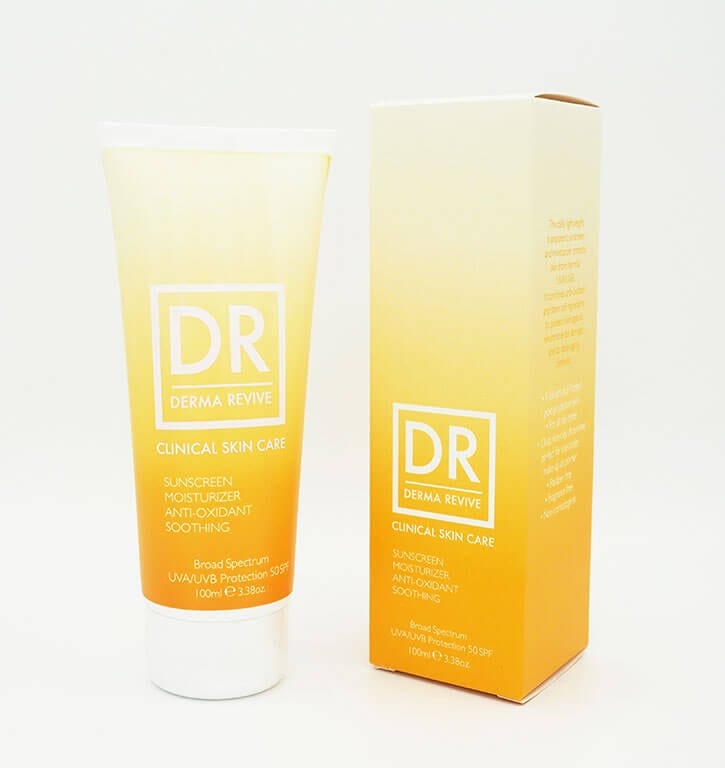
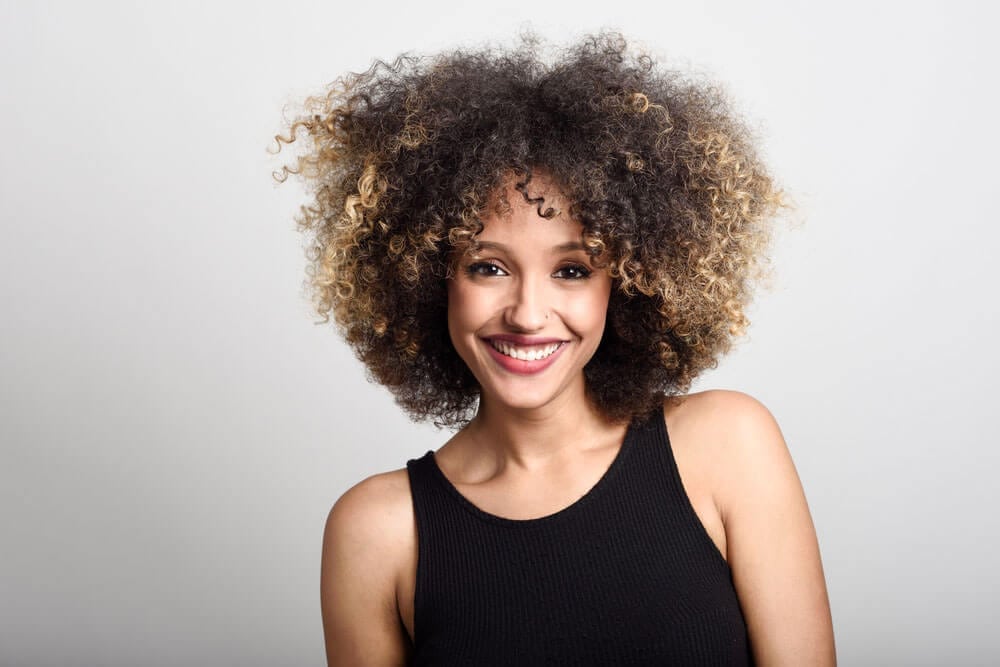
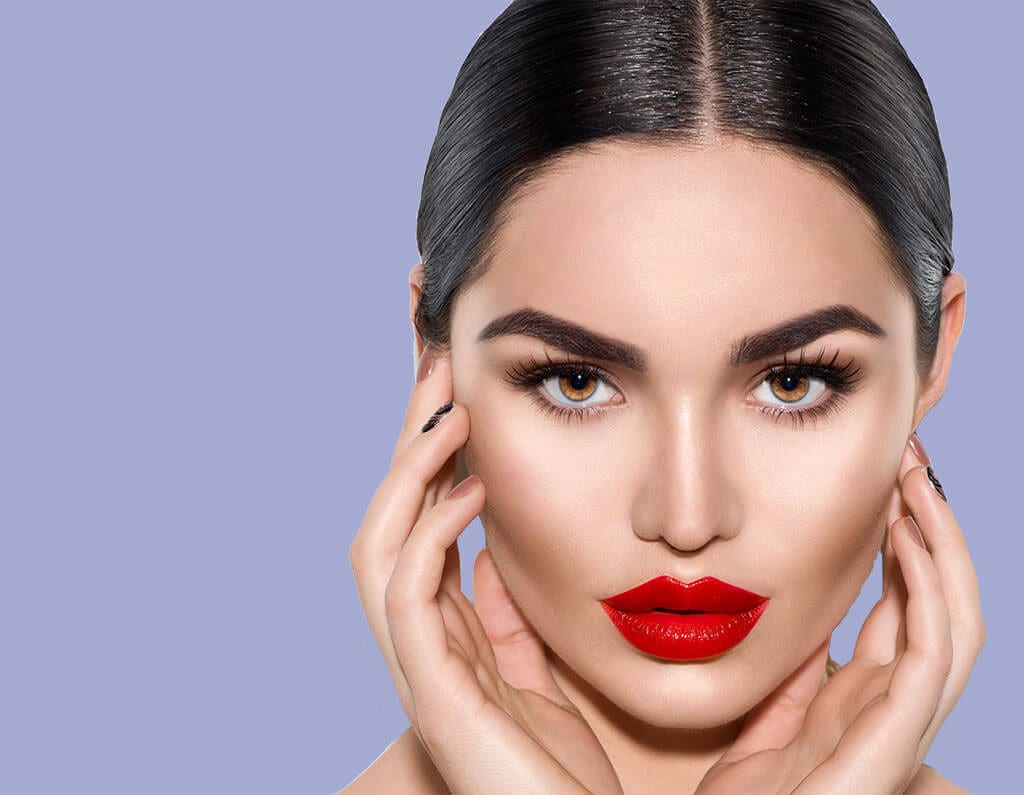
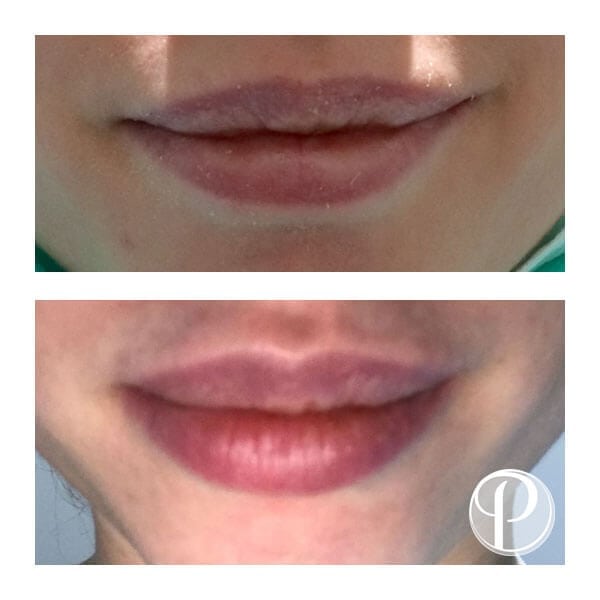
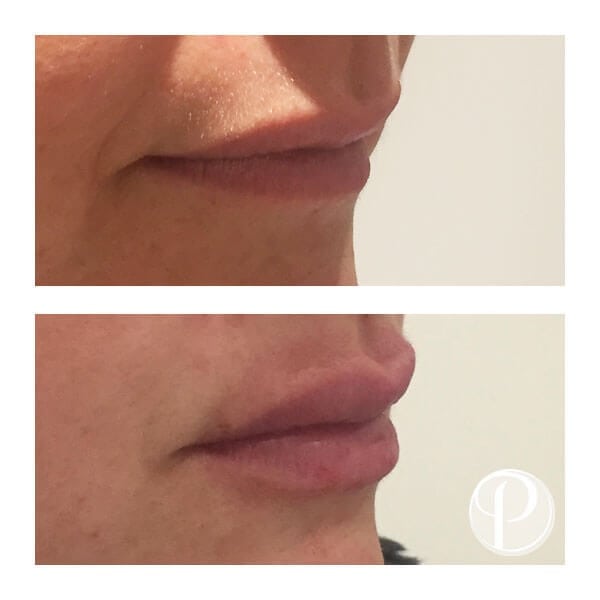
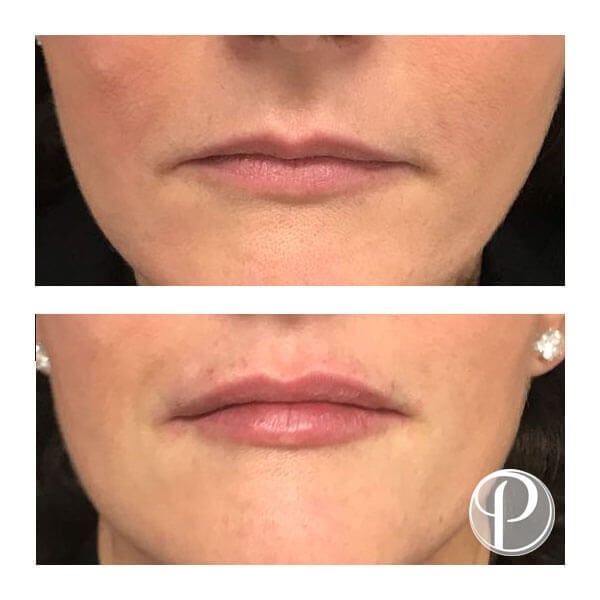 Injections can lift the corners of the mouth, creating a more open look.
Injections can lift the corners of the mouth, creating a more open look.

 how to get rid of freckles permanently with laser
how to get rid of freckles permanently with laser is
is 